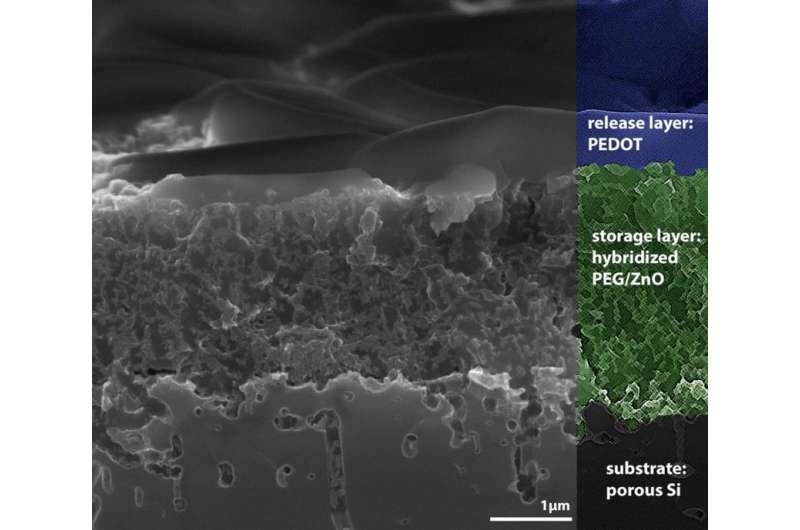YAP protein plays a crucial role in the development of the human neural crest

To grow or to specialise? To remain stationary or initiate migration? How do cells know what to do and how they should develop? The Hippo/YAP signalling pathway plays a crucial role when the cells of the neural crest – a structure that generates cell types such as bones and nerve tissue – specialise for a certain function in the human embryo and migrate to their target region within the body. That is what the researchers Alexandra Larisa Condurat, Dr. Christopher J. Hindley, Vishal Menon, Dr. Jan Pruszak and Ria Thomas from the University of Freiburg have shown in a study that has been published in the open access journal Scientific Reports.
The team's insights are relevant for an enhanced understanding of neural crest developmental processes and associated disorders, such as neurocristopathies. They may also further elucidate cellular processes that cause cancers such as neuroblastoma or that enable cells to integrate local signals from their environment.
Human embryological development requires a strict sequence of tightly coordinated processes that are regulated by complex signalling networks. Early on in vertebrate ontogenesis, the neural crest arises – a cell population that generates an unrivalled diversity of cell types including bone, cartilage, smooth muscle and nerve tissues. Originating from the back of the tube-like structure that will give rise to the spinal cord and brain, the neural crest cells change their morphology, eventually detach from their origin and, further specialising, migrate to their various target regions within the body. The Hippo/YAP signalling pathway integrates local signals from its environment to regulate proliferation, that is cell growth, in a variety of stem cell and tissue systems including skin, intestine and liver.
The researchers from the University of Freiburg have analysed in human stem cells and cancer cell lines the role that the Hippo/YAP signalling pathway plays in the differentiation and development of the human neural crest. They found that YAP is associated with the neural cells' stemness and is preventing their development into specialised cells. The scientists have furthermore observed another cell population that is characterised by a high activity of YAP. In this population, the combination of molecules at the cell surface is altered. A metabolite of vitamin A, retinoic acid, is known for influencing neural crest cells. As the researchers have shown in cell models, YAP and retinoic acids are jointly promoting neural crest migratory properties.
More information: Christopher J. Hindley et al. The Hippo pathway member YAP enhances human neural crest cell fate and migration, Scientific Reports (2016). DOI: 10.1038/srep23208

















